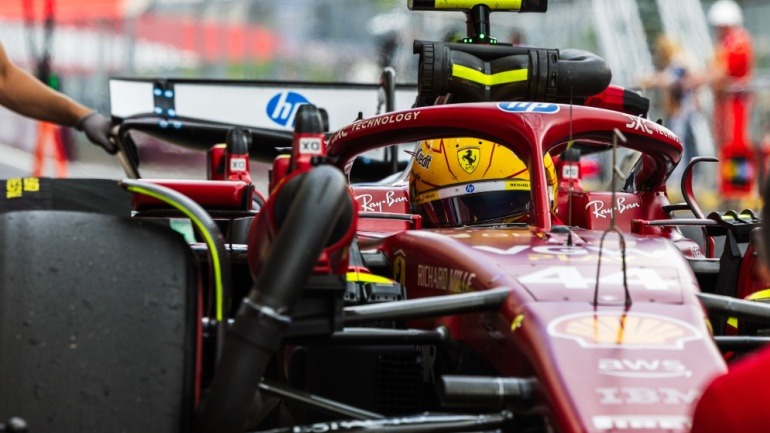The radio access network (RAN) market has seen remarkable stabilization lately, presenting a hopeful shift after severe downturns in recent years. Despite region-specific fluctuations noted by Dell’Oro Group, the overall global market excluding China has demonstrated growth in the third quarter. North America showed declines, whereas stronger performances in the EMEA region helped bolster the overall market.
“The nearly stable results for the 1Q25-3Q25 period bolster the flat growth thesis we have communicated for some time, reflecting the current state of the 5G network,” remarked Stefan Pongratz, VP of RAN market research at Dell’Oro Group. The outlook anticipates consistent investments, propelling networks from mere connectivity solutions toward intelligent networks.
Interestingly, the RAN market isn’t forecasted for explosive growth soon. Nonetheless, operators will likely increase funds into RAN developments. Dell’Oro projects the RAN market in 2026 to remain relatively stable.
In contrast, the mobile core network is thriving. Outside China, revenues surged by 14% in the last quarter as 5G standalone gets more traction. Within China, a substantial drop was reported due to an uncommonly strong performance the previous year, making comparative data misleading. Notably, operators are progressing with 5G standalone deployments and feasible monetization avenues like network slicing to maximize returns.
Operators such as Reliance Jio announced significant scale innovations with meaningful service level agreements in place. Similarly, T-Mobile’s launch in mobile private networks aims to address 5G private wireless network challenges, notably in the shared CBRS spectrum in the US.
Globally, 12 operators have also launched 5G-Advanced networks, expanding these newer technologies. Leading this growth surge are giants like Huawei, alongside Ericsson, Nokia, and ZTE, with Samsung making headway in the RAN arena.
These companies cap an impressive 96% of the market, a notable dominance despite struggling for RAN growth. Despite various market restraints, such unification among major players promises more streamlined processes in technological advancements for telecom infrastructure.
In sum, while the RAN market indicates steadiness, mobile core networks offer lucrative growth potentially revolutionizing the industry’s revenue streams, spurred by cutting-edge solutions like 5G standalone and related innovations. This dual narrative outlines stability intertwined with opportunity, pivotal as telecom entities strategize future directives.







